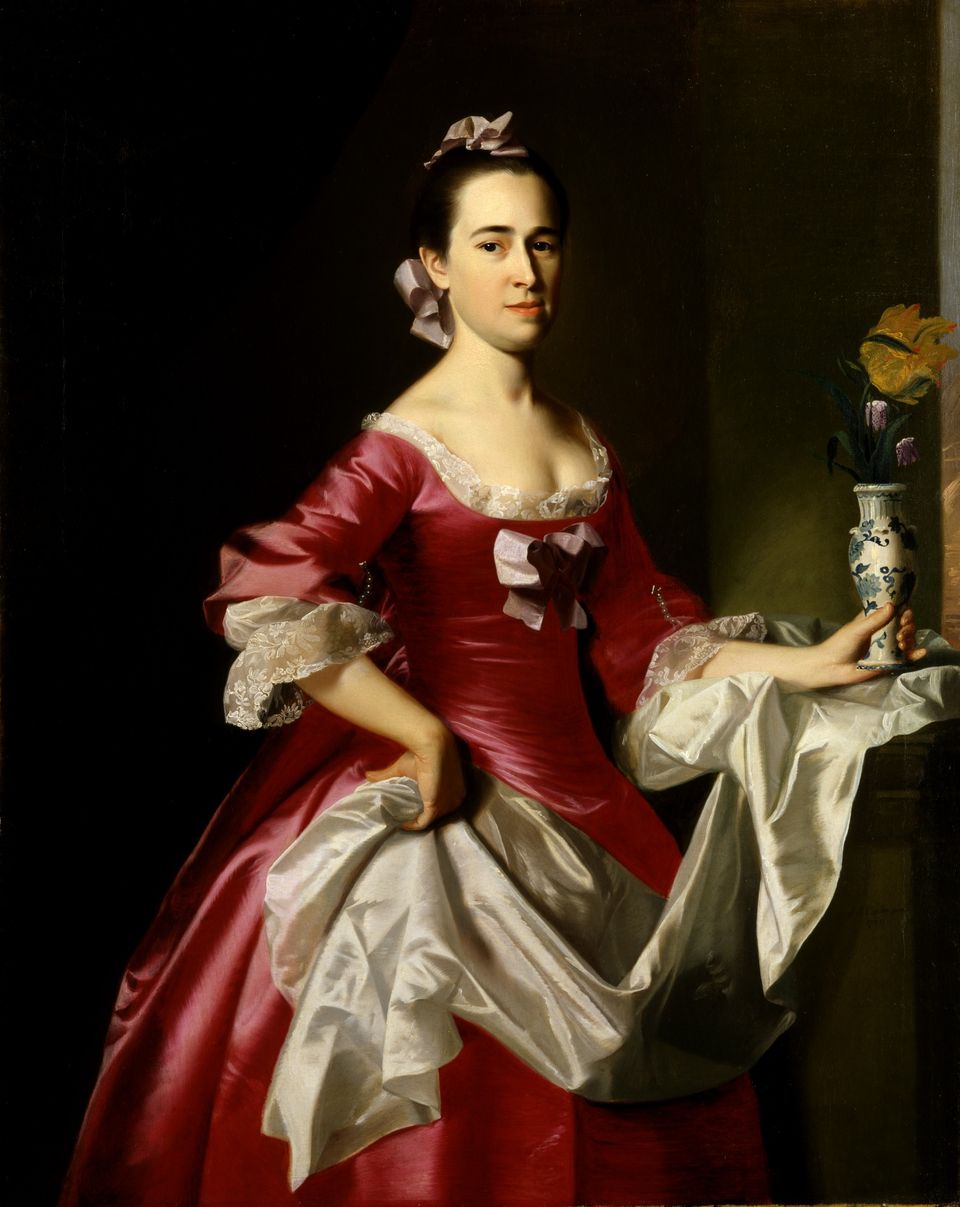
In 1762, American painter John Singleton Copley wrote to Swiss miniaturist Jean-Etienne Liotard about the condition of the arts in the American colonies:
“You may perhaps be surprised that so remote a corner of the Globe as New England should have any d[e]mand for the necessary eutensils for practiceing the fine Arts but I assure You Sir however feeble our efforts may be, it is not for want of inclination that they are not better, but the want of opportunity to improve ourselves. [H]owever America which has been the seat of war and desolation, I would fain hope will one Day become the school of fine Arts.”
There’s no question that time addressed Copley’s complaints. His work helped to pave the way for an American art distinct from and competitive with that of the old world. In Copley’s Boston, art was indistinguishable from any other craft; only by holding to Europe’s standard was Copley able to paint the portraits that would come to be known as some of the earliest American masterpieces.
Yet in an important sense, Copley never participated in the country to which he contributed so much. A Tory, Copley was driven to London by a financial and political predicament that came to play a seminal role in American history: the Boston Tea Party. The tea, it turns out, was intended for Copley’s father-in-law for consignment. (Hard to imagine anything being less American than siding against the Boston Tea Party.)
Whether a Tory expatriate would consider himself an American artist is perhaps a narrow inquiry, but it leads to broader questions: What makes an artist American? Is it sensible to talk about art this way? Is there an American quality that can be teased out of an artist's work?
The idea of citizenship didn’t exist in Copley’s time, and the concept only loses its relevance as the exchange of information and cultural norms trump borders. Which is fine for these purposes—citizenship has never been terrifically useful for understanding American art. Imagine American art history without the work of Cy Twombly (whose home is in Italy) or the presence of Peggy Guggenheim (who expatriated to Italy) or the contributions of Diego Rivera (who only spent brief periods in the States) and you have something, but not a full understanding of art in America. All the way back to Copley’s day.


















